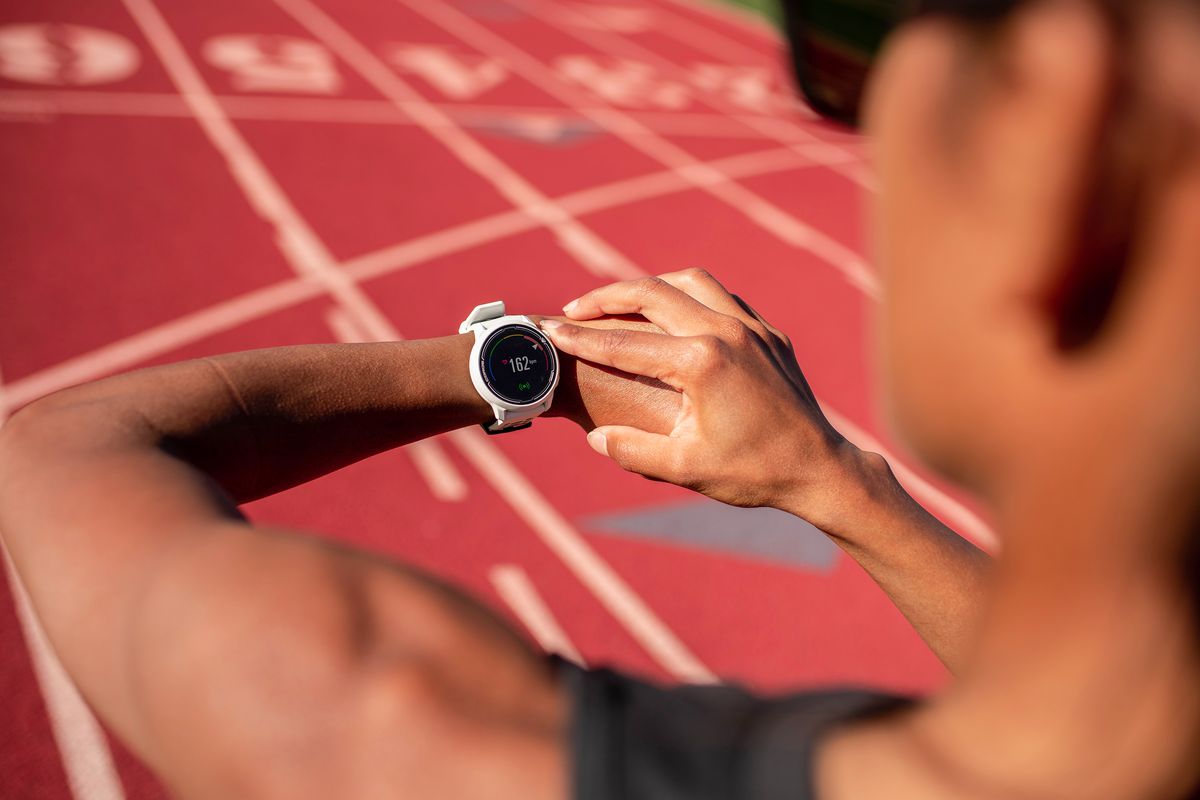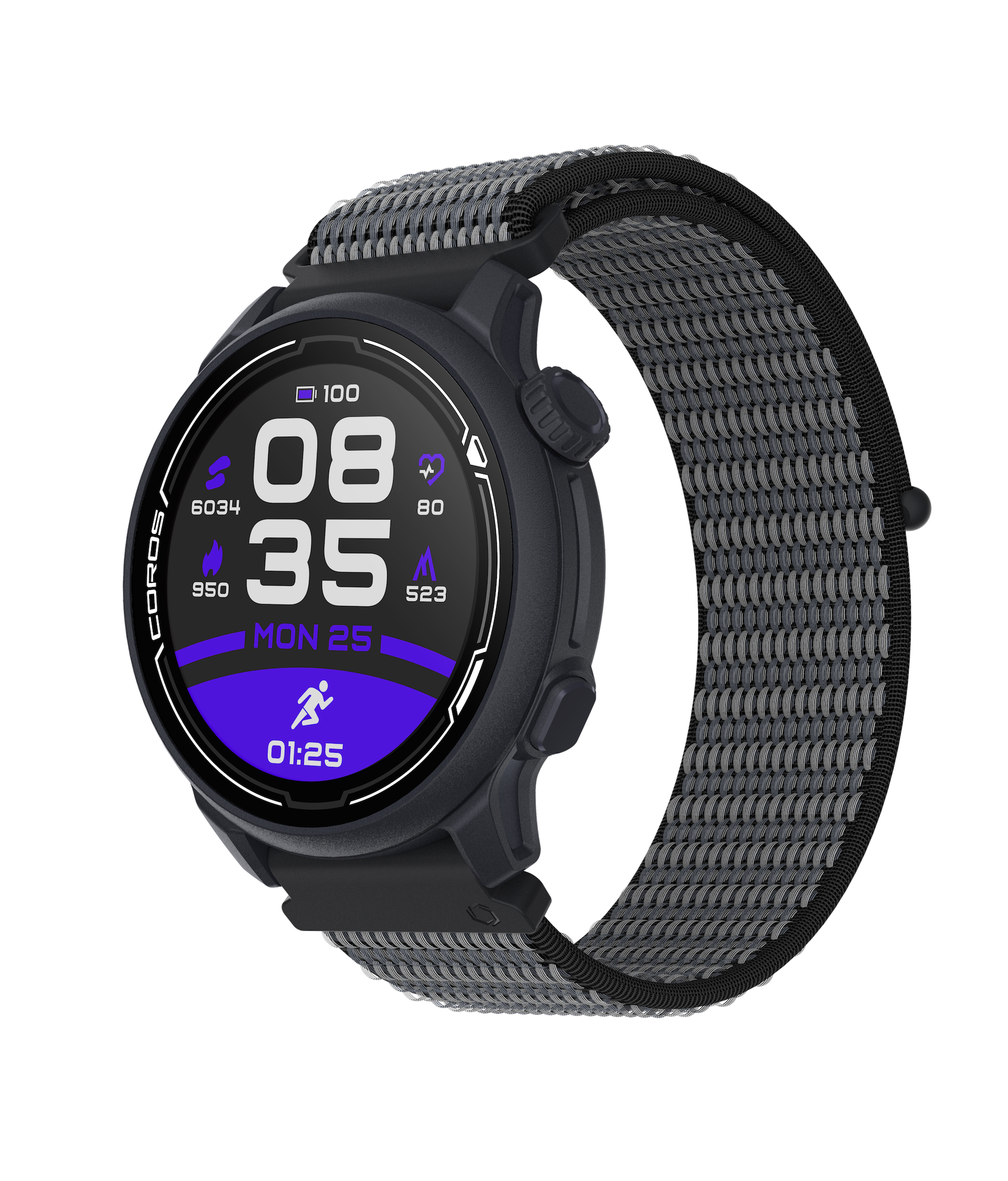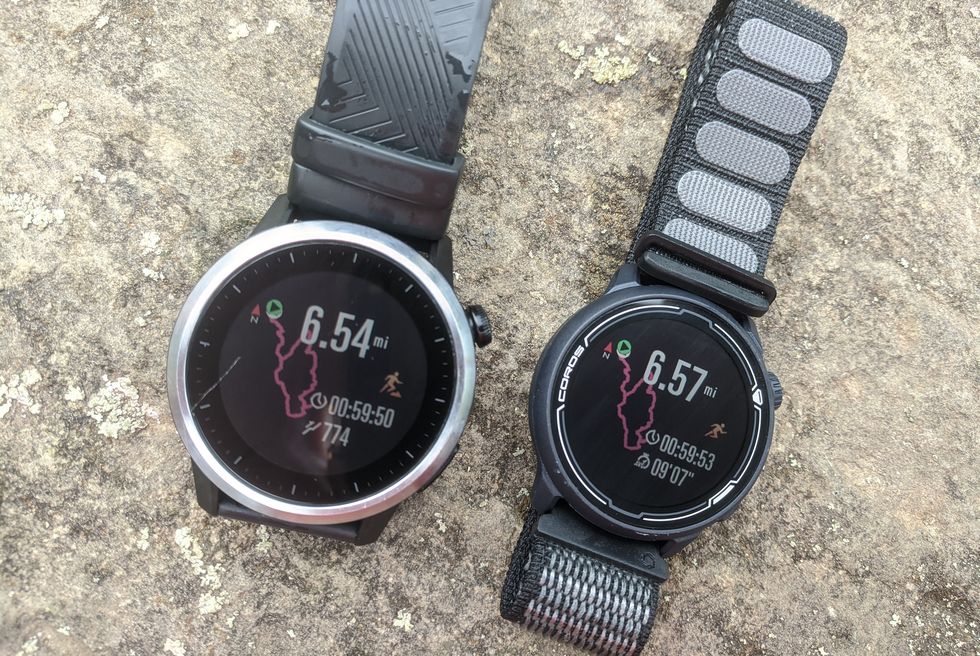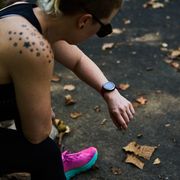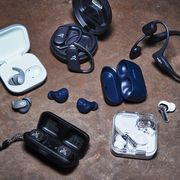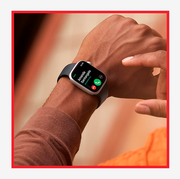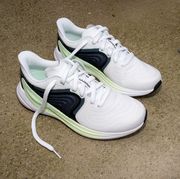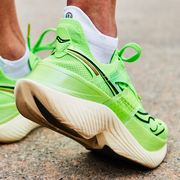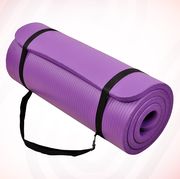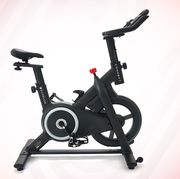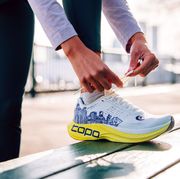The RW Takeaway: This affordable GPS watch has all the features most of us will ever want to use while training on the roads, plus a few extras typically found on more expensive models.
- The Pace 2 is 40 percent lighter than the original model, thanks to redesigned features and a lightweight nylon strap.
- With a 30-hour battery, you’ll only need to charge the Pace 2 every week or two.
- Measures “running power” from your wrist, so you can train using the latest metric that tells you how efficiently you’re running.
Price: $199
Battery: 30 hours
Weight: 29 grams
BUY NOW
Two years ago, Coros launched the original Pace as an affordable alternative to the big players in the GPS watch game. Despite the relatively low price, this upstart didn’t skimp on features—it delivered a slew of training metrics and boasted a huge battery. Since then, the brand has rolled out versions of the Apex (a multi-sport watch) and Vertix (built for the backcountry).
More From Runner's World

While the original Pace was a generalist, good for most runners most of the time, the success of the Apex and Vertix—watches with clearly defined purposes—led Coros to hone in when overhauling the model, which was announced today: The Pace 2 is laser-focused on delivering the best, lightest, fastest run-tracking experience on the roads and during speedwork. You get just what you need for road training and don’t have a bunch of workout types and metrics you’re never likely to use.
Slim and Speedy
At just 29 grams, the Pace 2 is the lightest GPS watch you can strap around your wrist. For comparison, the Apple Watch Series 5 weighs 31 grams—lighter than most sport-specific timepieces—while the beefier Garmin Fenix 6X Pro is a whopping 83 grams. The original Pace was 48 grams.
Some of that weight savings comes from a change in bands. You can still get it with a silicone strap or opt for an even lighter nylon one, much like the sport models found on Apple Watches. Our tester loved the nylon band’s tighter, closer wrap, which may make the optical heart rate monitor perform more accurately. A downside is that the fabric stays drenched for a long time, like after our sweaty training runs in August. It’s an issue we found with the Apple Watch, too, and the easy answer is to reserve one band for workouts and swap it afterward—the watch now features a quick-release attachment—if you plan to wear the Pace 2 for casual use.
Another big change for the Pace is fewer buttons. Generation one had two on each side of the case. But Coros has reduced that by half, and now uses a “digital dial.” Drawing yet another comparison to the Apple Watch, it’s much like the crown on that watch. The bulk of menu navigation happens through that dial, and it’s easy to use on the run, even with sweaty fingertips.
All-Day GPS
A long-life battery is still the distinguishing factor for this Coros versus comparable models. The Apple Watch would be dead after just three hours with GPS tracking. The comparably priced Garmin Forerunner 45 will record your run for up to 13 hours. The Pace 2, however, keeps tracking your run for up to 30 hours. That’s the kind of battery life you expect from hiking and ultra-running watches like the Fenix and Suunto 9. Of course, those watches are far chunkier and cost about three times as much.
So if the Pace 2 isn’t tailored for ultramarathons, where you need it to keep going through the entire night, why does it need such a big battery? Fewer times you have to pull out the charging cable, that’s why. “I tested the device with at least 20-minute runs every day for three straight weeks, including a couple hour-and-a-half runs,” reported our tester. “It only required one charge. That’s one less charging cable I have to worry about packing for a work trip or family vacation.”
Night Mode
That huge battery allows the Pace 2 to pull off another cool new trick: Turn on Night Mode, and the display’s backlight will stay on for the duration of your workout. That makes it exceptionally easy to get a glance at your distance and pace when the sun disappears—no more flicking your wrist and waiting for the light to come on. But we also found that it’s especially helpful at high noon, as the light makes the digits easier to read when you’re wearing sunglasses. Coros tailored the light intensity so that it won’t blind you in total darkness, as well as so it won’t drain your battery prematurely. When the workout ends, Night Mode turns off automatically.
Running Power
One advanced feature that the Pace 2 includes is “Running Power.” It’s uncommon for a wrist-based device to measure power directly, and unheard of at this price. Typically you need an external pod like the shoe-mounted Stryd or Garmin’s Running Dynamics Pod, which is worn on your waistband. Polar’s Vantage V was the first GPS watch to have a power meter built-in, and the new Grit X got one, too.
Power continues to make strides in the running space. Cyclists know this metric well. It’s basically a measure of how much energy you’re using to run. A neat reason to use it is that you can maintain a consistent training effort over varying courses. For example, if you can’t do mile repeats on a track, you could dial in your “watts” that equate to the mile pace you’d hit on a flat track. Then, when on the road, you maintain the same power measure, even when the roads slants up or down, to ensure you’re putting in the right workload.
We’re still testing the Pace 2’s power feature, to assess its accuracy and how it compares against the aforementioned devices.
SUMMARY
At just $199, the Pace 2 delivers a lot of functionality and usefulness. The battery life alone is enough to justify the expense, while its ease of use and adoption of running power will lure advanced runners looking for a marathon-training and speedwork companion.
Jeff is Runner-in-Chief for Runner's World, guiding the brand's shoes and gear coverage. A true shoe dog, he's spent more than a decade testing and reviewing shoes. In 2017, he ran in 285 different pairs of shoes, including a streak of 257 days wearing a different model.
